
Program
-
Bioły Jon - a folk custom on the eve of an important celebration (´sobótka´ in Polish) based on the Opoczno region´s folklore.
The custom survived in the region until the interwar period. It was observed mainly on the eve of St. John’s Day, i.e. 23rd June. On this particular day thatch roofs were decorated with burdock and wormwood, wells were cleaned and beds of cabbage were dug in an attempt to protect the vegetable from caterpillars and ensure its proper growth.
more...



-
Turoń - a carnival from the region of Nowy Sącz, in the south of Poland.
The custom has survived until now. It comes from the period when aurochsen (“tur” in Polish), dangerous animals, lived in Polish ancient forests. Its main character is “turoń” – a boy dressed in a fur and covered with a lap rug with the head of an auroch on a stick.more...



-
Sheep shearing in the region of Kaszuby
This custom is linked to the welcome of spring, when shepherds put out their sheep to pasture near lakes and ancient forests, offered as a sacrifice wool, sheep and flowery garlands to their gods. Legend of the ancient Kaszuby has it that the custom started on a Saturday, 15 days before Pentecost (“Zielone Świątki” in Polish) and ended on the Wednesday before the day of the Ascension of Jesus (“Wniebowstąpienie”).more...



-
Harvest festival in the region of Rzeszów
In the old times a harvest festival started in a Saturday or a Wednesday, since both these days were regarded to be lucky for collecting grains. The morning was devoted to a rest or a preparation of scythes. The harvest was started in the afternoon with reaping the first spikes, believed to have healing properties.
more...


-
Ball in Rogalin - or Polish national dances: polonaise, mazurka and „drabant” (elements of both polonaise and mazurka) danced in a performance called „Sleigh Rides („kulig”) – or the Polish Carnival” showing how Polish noblemen enjoyed themselves during the carnival period. The sleigh ride was known as early as the 16th century and survived until the end of the 19th century.
more...



-
The Kujawiak and the Polish oberek
The Kujawiak and the Polish oberek were the last to gain the status of national dances.
more...
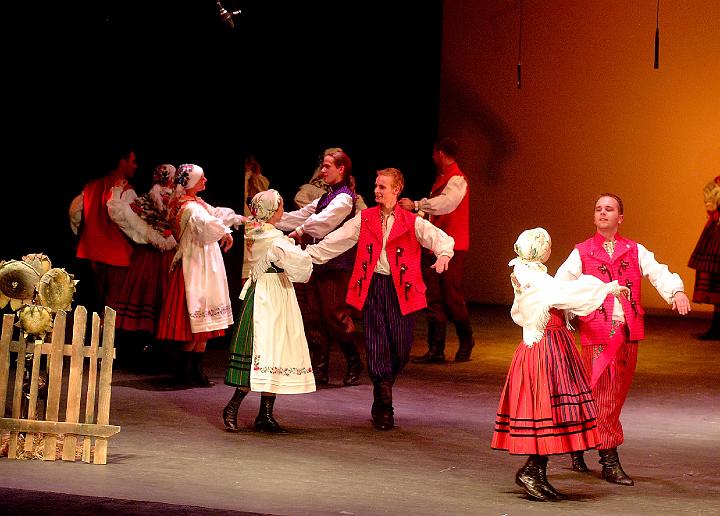
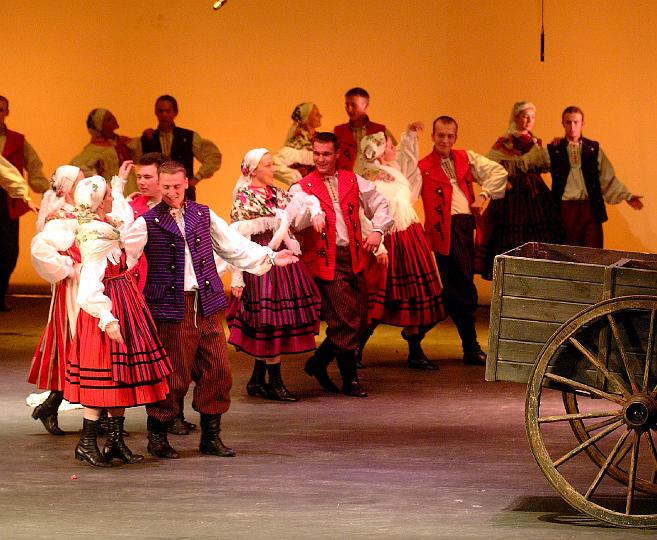
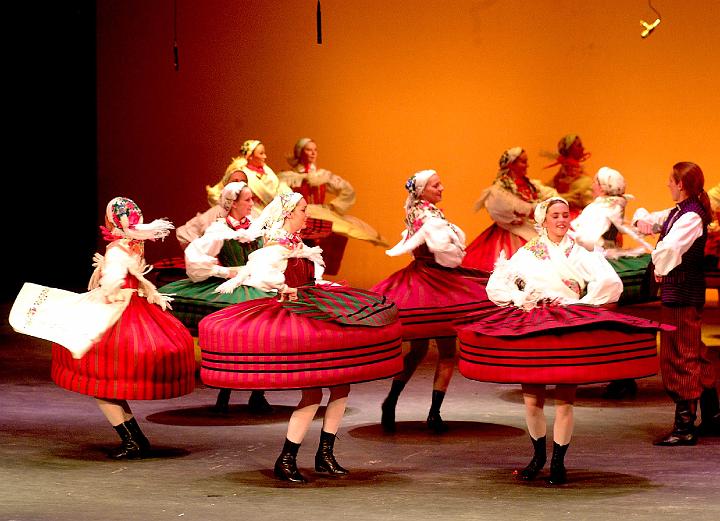
-
St. Barbara´s Day „Barbórka” in Upper Silesia (Górny Śląsk)
St. Barbara´s cult was already present in Upper Silesia in the era of ory, older than the era of coal. On 4th December senior loaders („ślepr”) were usually promoted to the position of getters during a festive ceremony (the so called „foreman´s appointment”).
more...
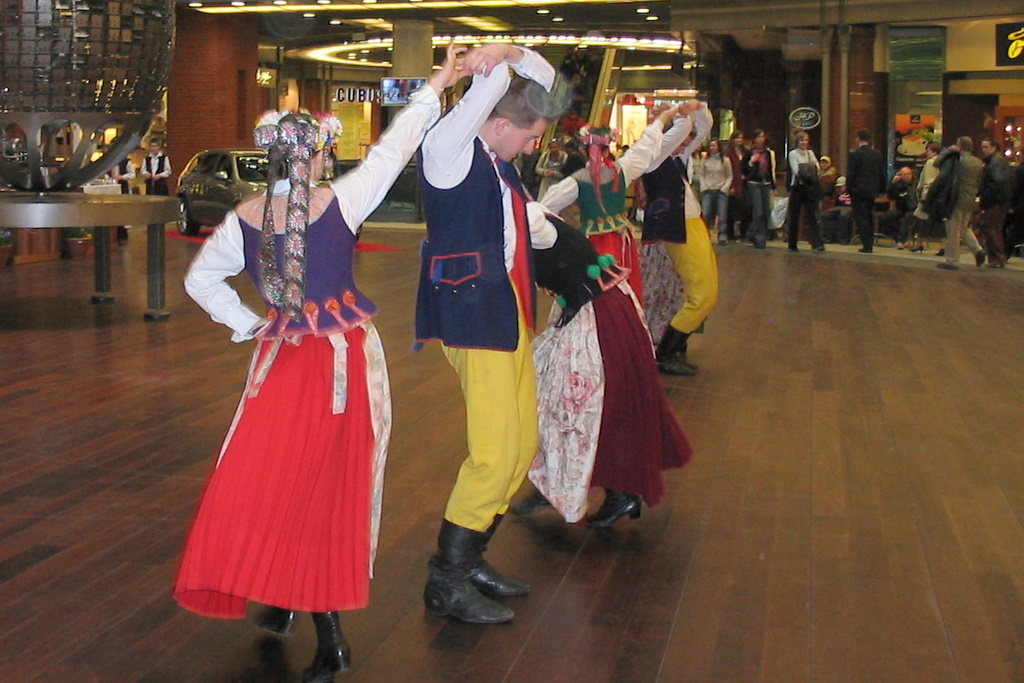
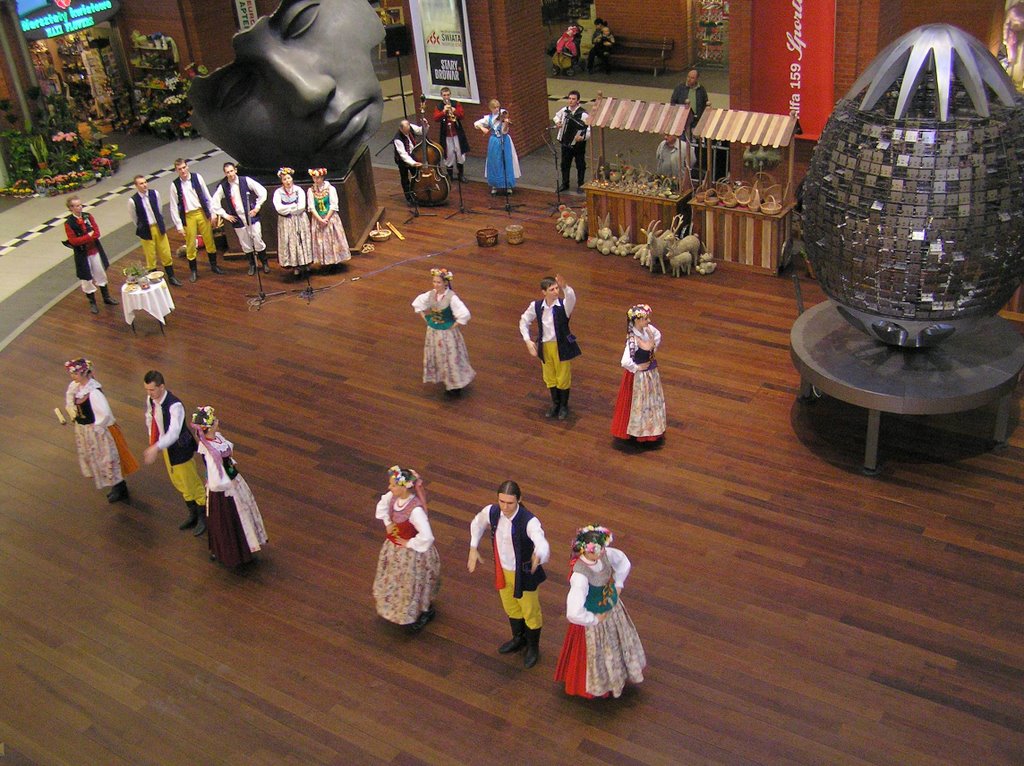
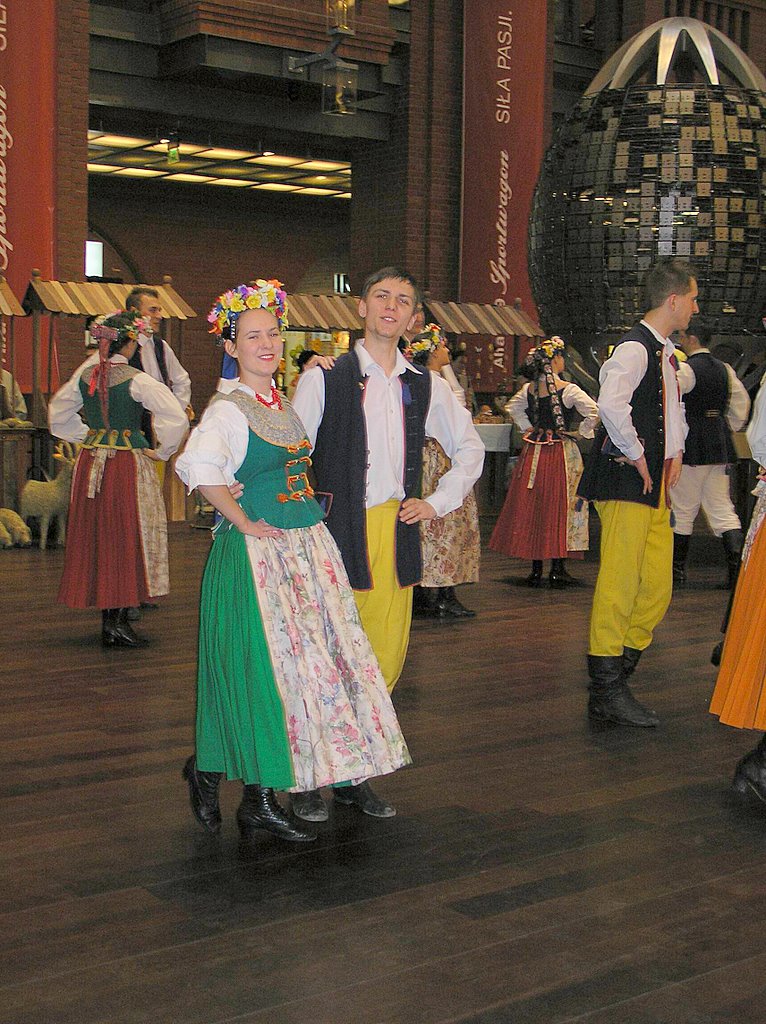





















 Wersja polska
Wersja polska



